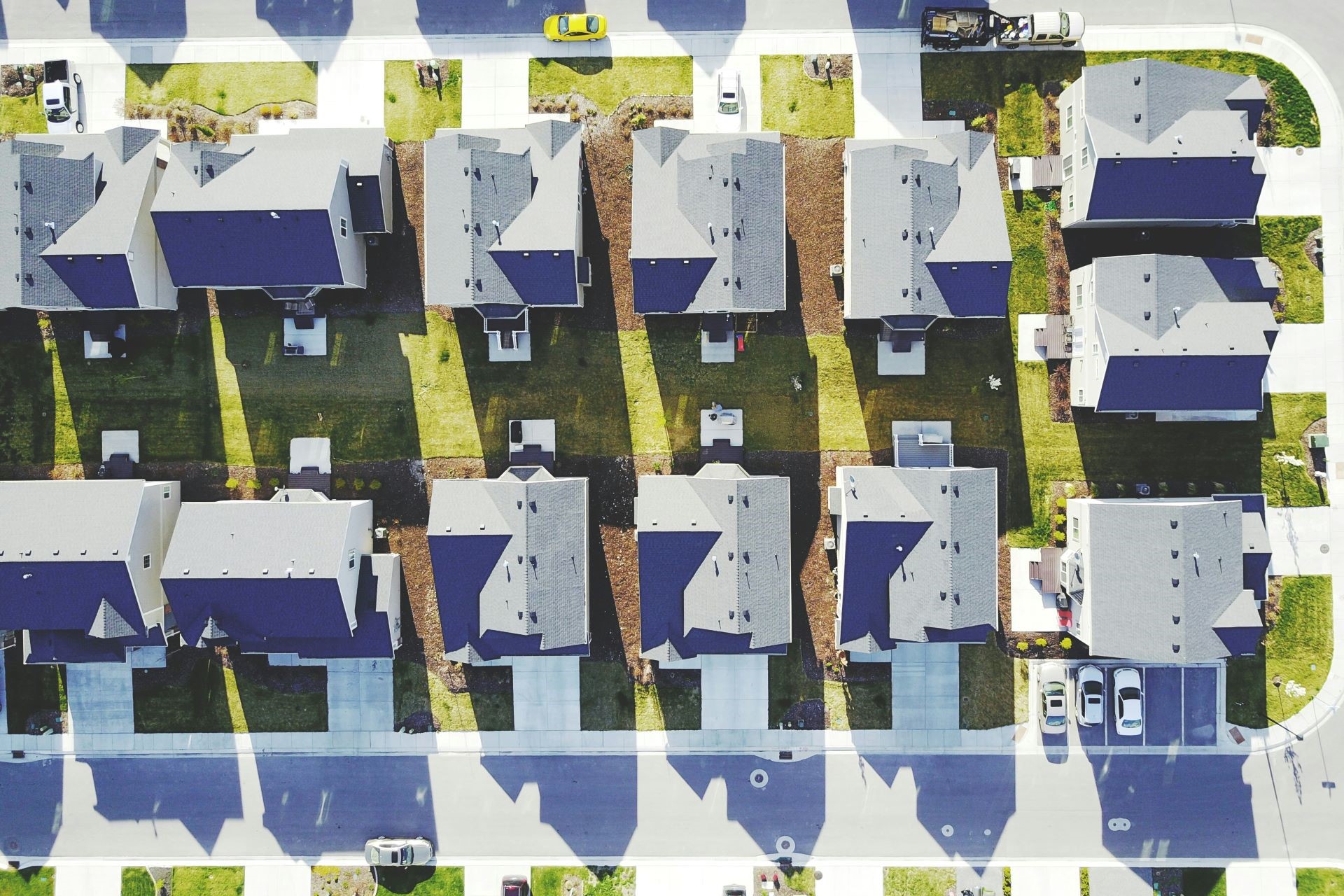



3D printing has grown beyond a niche hobby to become an important part of many industrial processes. Now, it could even transform the construction industry. 3D printing houses is not only possible but often preferable to conventional building methods.
While this practice is relatively new, it already shows impressive potential. Here’s a closer look at 3D-printed buildings, how they work, their benefits and potential pitfalls.
3D printing a house works much like normal 3D printing but on a much larger scale. A printer deposits material layer by layer according to a digital blueprint. This material is usually a unique concrete mixture instead of the plastic filaments most 3D printers use. However, now that it’s possible to print with food filament, some projects deposit wooden structures.
A 3D printer cannot lay down all parts of a house. Instead, they typically produce the walls, roofs and supports before more conventional practices take over. Once the material is dry, construction teams install the wiring, plumbing and final touches like furniture, appliances, flooring and paint.
In some cases, this technology goes hand in hand with modular construction. 3D printers will construct wall segments that businesses then ship to the worksite for installation. That way, the printing can happen in a controlled environment to avoid weather delays and ensure a higher-quality print.
Additive manufacturing has proven a reliable method for producing small products, but houses must meet higher standards. Consequently, some people may question the safety of a 3D-printed house. While these concerns are understandable, 3D printing houses is as safe — in some cases, safer — as conventional methods.
Much of this safety stems from the printing materials. While most new homes in the U.S. use wood as their primary material, 3D printers typically use concrete instead. That simple switch ensures the finished product is more resistant to fires, mold, insect damage and aging.
3D printing houses also provides unique structural advantages. The printing process creates dense material layers to protect against compressive stresses. Printers can also produce structures that would be difficult to achieve with conventional methods, opening the door to unorthodox but stronger designs.
The benefits of 3D printing houses go beyond structural reliability. Here are some of the most significant advantages of 3D-printed buildings.
One of 3D printing-based construction’s biggest upsides is that it’s fast. Some printers take just 48 hours to finish the frame for a small house. Modular construction can take these benefits even further, as multiple printers can produce different walls simultaneously. Final assembly may take more time than on-site printing, but the initial time savings will more than offset that loss.
These efficiency gains have several important implications. The most obvious is that they’d bring needed productivity to the infamously behind-schedule construction industry. On a larger scale, shorter project timelines ensure the sector can keep up with demand more effectively. That, in turn, can prevent extreme market conditions to make housing more accessible.
Similarly, 3D printing houses brings automation into the largely manual construction sector. While printers require human supervision, they only need a few employees on-site to ensure they work correctly. Human teams are still necessary afterward for final touches, but the remaining workloads will be relatively small, removing the need for a large team.
This automatability will help prevent the most severe impacts of construction’s ongoing labor shortage. The fact that fewer young workers are entering the industry to replace an aging workforce won’t impact the market as heavily because there will be less work to do. Automation also reduces human errors that could delay schedules, endanger workers or jeopardize the structural integrity of the house.
3D-printed houses are also more sustainable than conventional buildings. Part of this sustainability stems from 3D printers’ resource efficiency. These printers waste less material, thanks to their automation and additive nature. This waste reduction is crucial because construction produces hundreds of millions of tons of waste each year.
Printers also use less energy than conventional construction equipment, resulting in fewer embodied emissions. Shorter project timelines will extend these benefits, as they mean teams will not have to run energy-hungry machinery for as long. The ability to print in novel filaments — including those made of recycled or biodegradable materials — can also help, removing emissions concerns related to concrete and other resources.
These benefits mean 3D printing houses can become a more cost-effective construction method in the long run. Completing a project in less time with less waste and fewer safety incidents will make it easier to stay within the initial budget — something the sector historically struggles with.
At scale, 3D printing-based construction could stay within even smaller budgets. Construction firms could produce more houses with fewer resources in less time and pass these savings to the buyer. As a result, housing would become more accessible to low-income populations, fighting economic issues and homelessness.
At the same time, 3D printing houses introduces some unique downsides. It’s important to recognize these obstacles to use the technology effectively and ensure future optimization.
Most notably, while 3D-printed houses can be more affordable at scale, getting to that point may be challenging. Right now, most 3D-printed homes are more expensive than their conventional counterparts. One of the first major 3D-printed housing projects in the U.S. produced homes starting in the mid-$400,000 range, bringing them above the state average.
The company behind this project claims 3D printing can produce houses at 30% of the normal cost. However, that’s only attainable on a larger scale, as 3D printers of this size carry high upfront expenses. These price barriers will fade over time with technological advancement and scaling, but they mean 3D-printed houses won’t be affordable until years in the future.
Another barrier with 3D-printed houses is that printers limit their size. These machines struggle to print structures above one story tall. Similarly, their cost and efficiency benefits may hit a point of diminishing returns beyond a certain square footage. That’s not an issue for affordable housing projects, but it may stop this practice from replacing conventional methods entirely.
New printing technologies and modular construction may provide ways around this obstacle. For now, though, it limits the kinds of houses firms can produce with 3D printers, which may hinder this market segment’s growth.
While barriers remain, 3D printing houses poses a promising alternative to conventional construction methods. As more firms act on this potential, this technology could reshape the future of the industry.
3D-printed homes may not replace conventional alternatives. However, they could become the new normal in some segments, especially as affordability and sustainability demands rise.


This site uses Akismet to reduce spam. Learn how your comment data is processed.